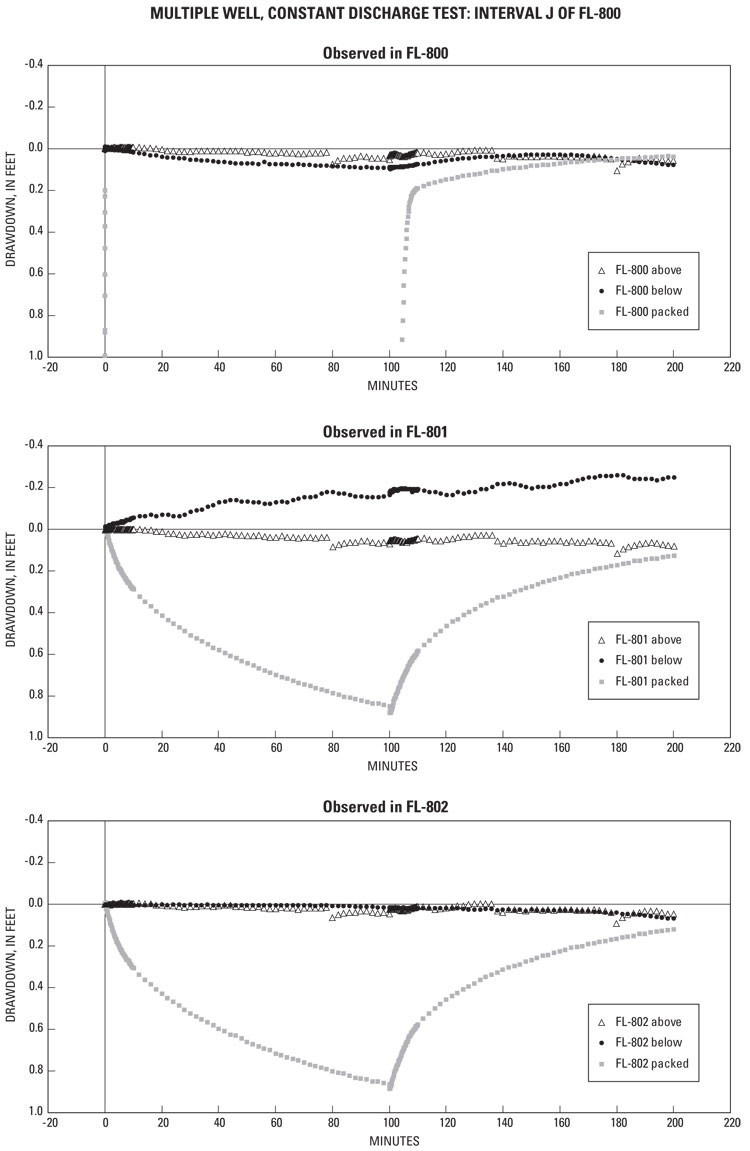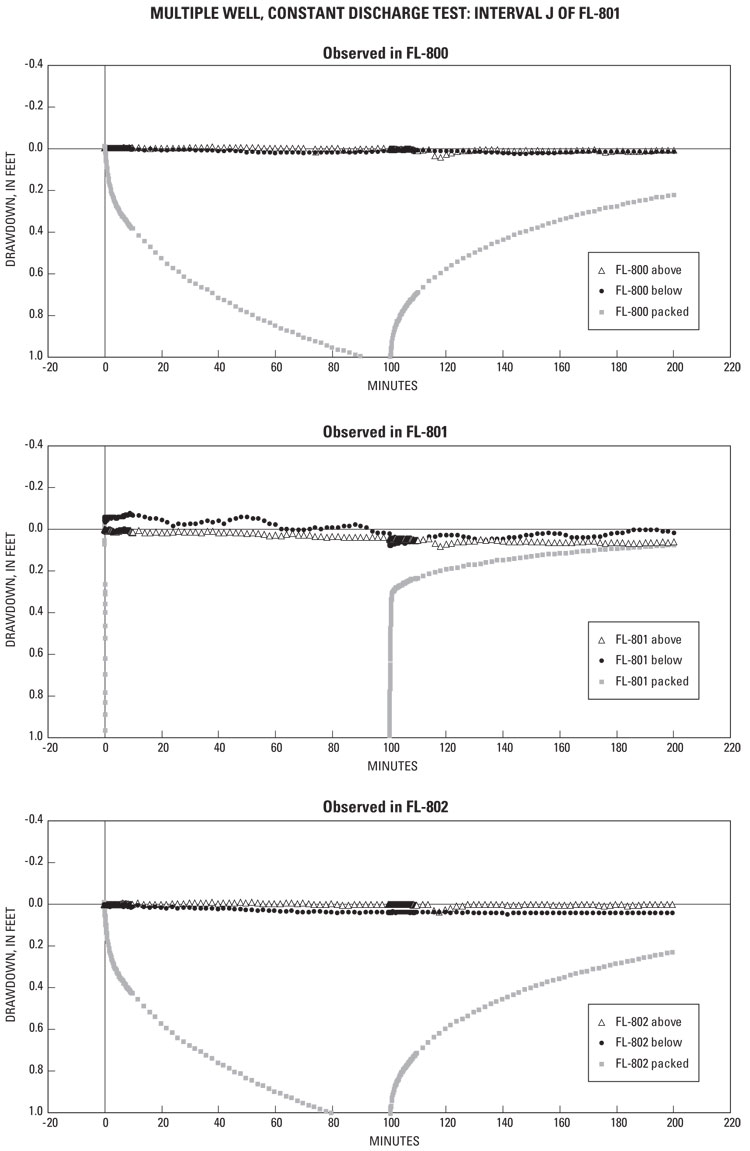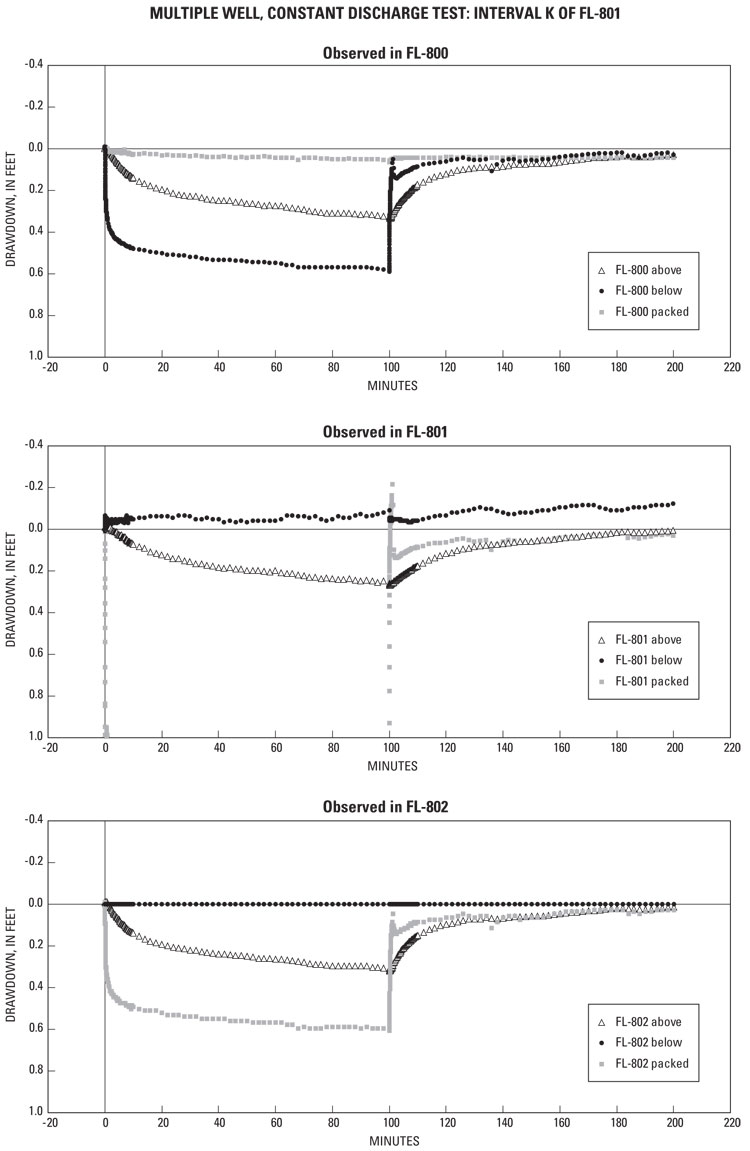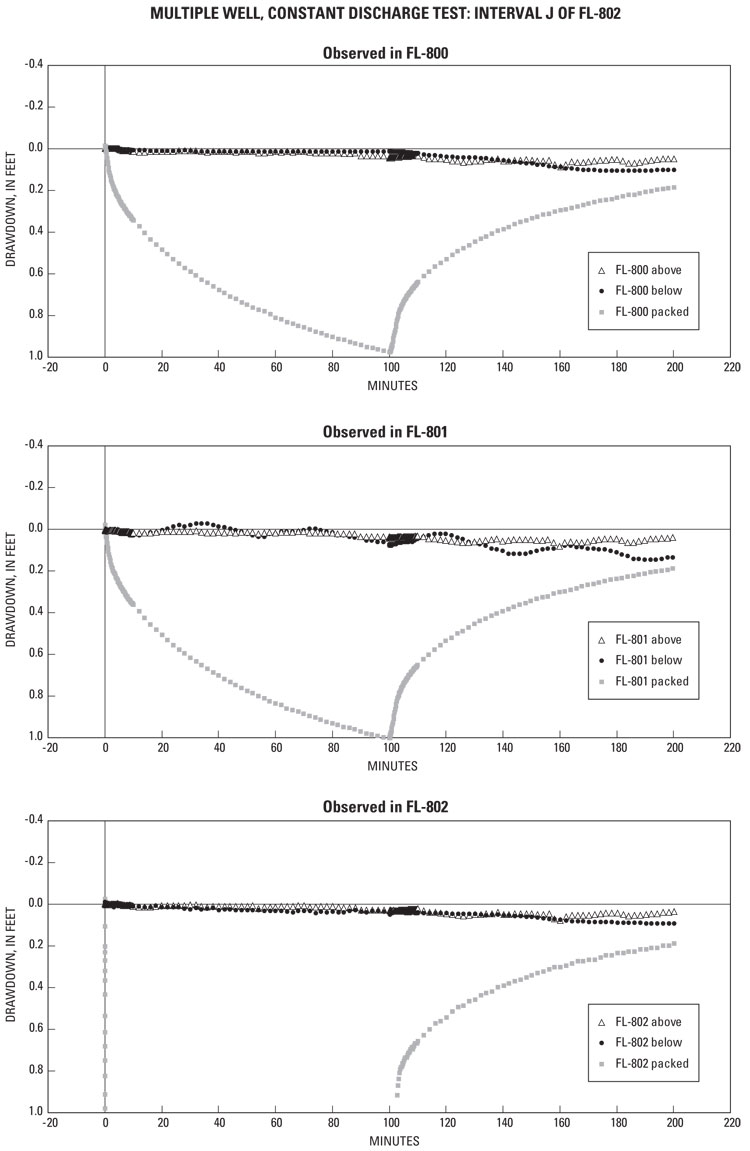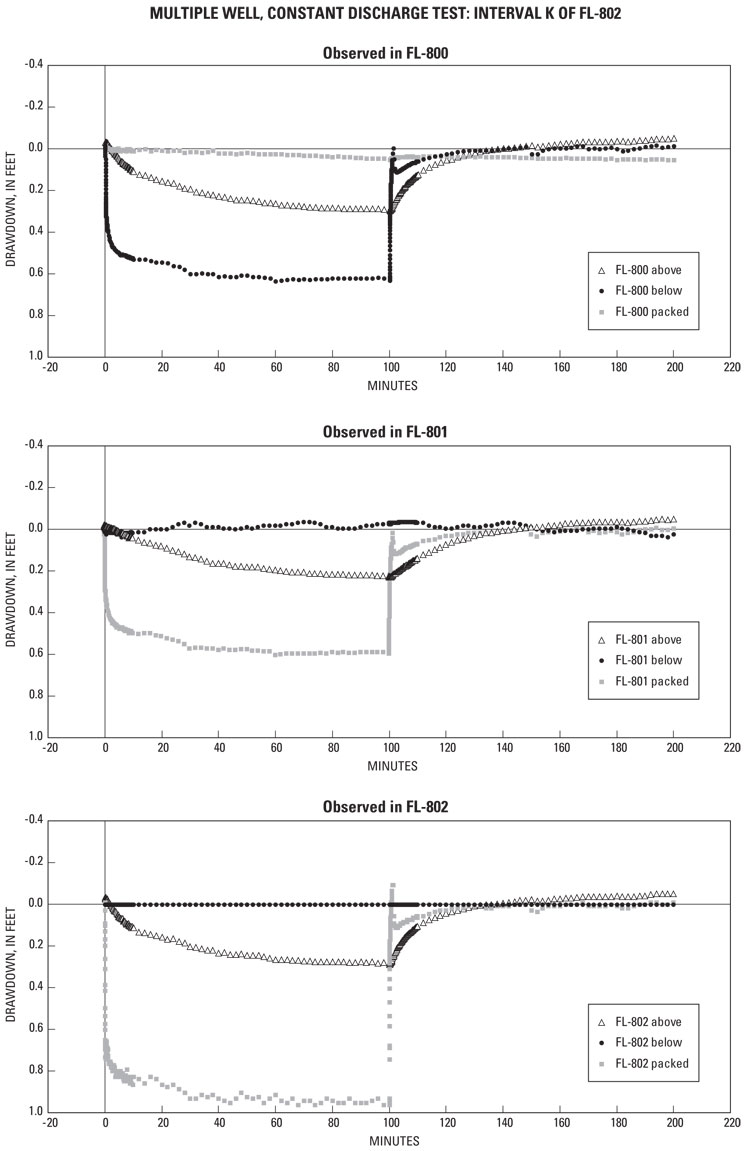Scientific Investigations Report 2007–5114

By Charles P. Dunning and Douglas J. Yeskis
This report is available for download as a PDF (1,850 KB).
1. Select approximately ¼-foot long core samples from core box.
a. Label top of selected core samples (side closest to
land surface- minimum depth) with “T”; label with sample number. Use permanent
marker.
b. Wrap core section in aluminum foil or place in plastic
sandwich bag.
2. Using the Mettler Scale, remove the cores from the aluminum foil or plastic bags and measure the initial weight (Wi, in grams) of the solid core samples (save, but do not weigh any small fragments of the core lost during handling). Be sure the scale is calibrated, leveled, and zeroed before weighing.
3. Place core samples long side upward in a small, metal, sample canister.
4. Place the core samples (up to about 5 core samples) in a dry, metal, sample canister and place in oven.
5. Place desiccated core samples (and fragments) on Mettler Scale and determine dry weight of samples (Wd, in grams).
6. Fill the vacuum jar about ¾ full of deionized water (or tap water, if deionized water is unavailable). Avoid agitation (aeration) of the water.
7. Check the vacuum pump for proper volume and quality (moisture-free) of pump oil. Replacement oil should be engineered specifically for use in vacuum pumps. Discard used oil in proper container for disposal.
8. Attach cartridge of properly dried desiccant (Dririte) to vacuum pump. Desiccant should appear light gray and translucent in clarity. Hydrated desiccant is dark brown to black and nearly opaque. Desiccant can be reconditioned by heating 1–2 hours at 200–225 degrees Celsius.
9. Place the core sample (up to about 5 core samples) in the vacuum jar, ensuring the core is fully submersed in the water. Cores should be placed in the vacuum jar in the metal canisters or plastic bags to contain any fragments that may break off during saturating. The fragments must later be weighed along with the saturated cores. Submerse remainder of core samples in a water-filled container while first set of samples are in vacuum jar.
10. Saturate the core sample under vacuum for a minimum of 8 hours. Pre- or post-saturate the core samples in water under ambient atmospheric pressure or vacuum with the pump turned off for a minimum of 48 hours. If air bubbles are noted in the water or emanating from the core samples while under vacuum (with pump turned on), continue pumping under vacuum until no bubbles are observed. Note that there may be some air bubbles trapped under the cores or between the metal canisters or plastic bags; these can be released by gently shaking or rotating the vacuum jar.
11. Remove the core samples and gently remove excess water from the core surface by hand wiping; avoid siphoning water from the interior of the core.
12. Weigh the saturated cores (Ws, in grams) and any fragments of the core collected in the meal sample canister or plastic bags.
13. Mount appropriately sized displacement chamber (smallest chamber the core sample will fit in) vertically on a laboratory ring stand. Fill with deionized or tap water to level above the discharge spigot. Let water level equilibrate to level of spigot.
14. Empty and dry collection vessel (graduated cylinder or flask) of appropriate size to collect all water discharged from the displacement chamber (generally about 100 milliliter, but run a test sample first).
15. Slowly lower the saturated core sample into the displacement chamber, ensuring no loss of water over the top of the chamber or oscillation of the water surface, thus allowing an excess volume of water to discharge through the spigot. Determine the volume of all core samples in one run of samples. After each measurement, cover the individual collection vessel with laboratory sealing tape (to prevent evaporation of the water) and label the vessel with the sample identification number.
16. Measure the volume (Vt, in milliliters) of the displaced water. Measure using a 10 milliliter pipette; measurements should be accurate to ± 0.05 milliliters.
17. Place the saturated cores in the brass-wire harness attached to the triple-beam balance (calibrate and zero the balance before hand) and lower into a water-filled vacuum jar until fully submersed. Record the saturated weight in water (Ww, in grams). If the weight exceeds the 600-gram limit of the balance, estimate the total weight and note the accuracy of the estimate on the laboratory record sheet and in the remarks section of the sample-calculation sheet.
18. Estimate the relative volume (AVp) of vesicle
and vugs (diameter greater than ¼-inch) on the surface of the cores:
1 – smooth
2 – slightly vesicular
3 – moderately vesicular
4 – very vesicular, slightly vuggy
5 – moderately vuggy
6 – very vuggy
19. Calculate the following values:
a. Wp (weight of water in pores = Vp,
volume of water in pores, in cubic centimeter): Wp =
Ws – Wd
b. Porosity (P, in percent) P = Vp/Vt
c. Bulk density (BD, in grams/cubic centimeter) BD = Ws/Vt
d. Grain density (GD, in grams/cubic centimeter) GD = Wd/Vt
e. Bulk specific gravity (SG, in grams) SG = Wd/(Ws –
Ww)
